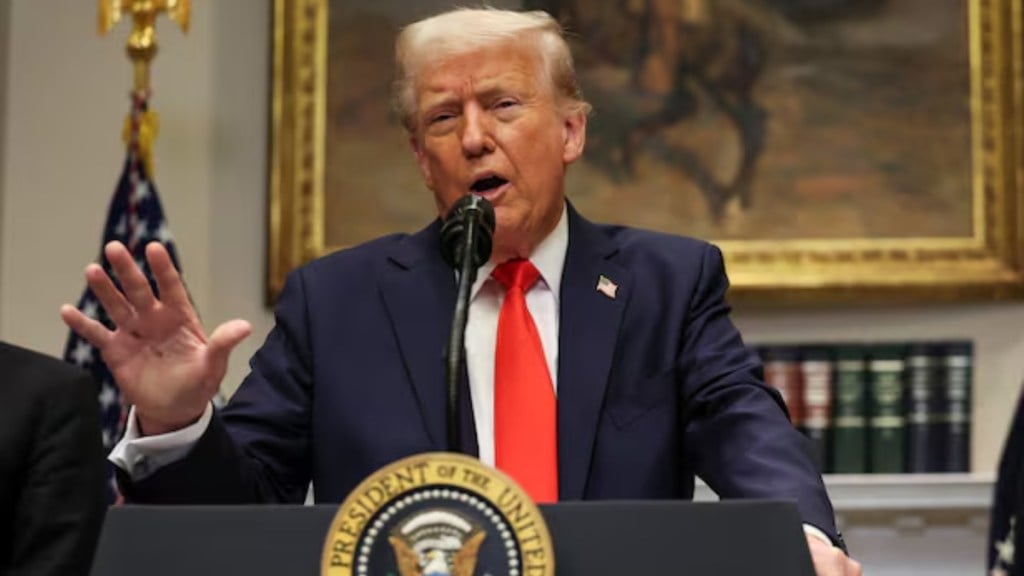US President Donald Trump has signed an executive order to further raise tariffs on Chinese imports, the White House announced Monday. The move is being justified as a response to Beijing’s alleged failure to curb the illicit fentanyl trade.
As per the new directive, the existing 10% tariff on Chinese goods will now be increased to 20%, a change Trump had previously pledged. The White House confirmed this in a social media statement, emphasizing the administration’s tough stance on trade policies.
Tariffs extended to Canada and Mexico
In addition to targeting China, Trump announced that new tariffs on Canada and Mexico will take effect starting Tuesday. This marks an aggressive stance against two of the United States’ largest trading partners as part of his broader effort to reshape global trade policies.
China’s response and future plans
China had previously responded to the initial 10% tariff hike by imposing duties on several US products, including coal, liquefied natural gas, crude oil, agricultural machinery and certain automobiles. Reports suggest that Beijing is now planning to target American agricultural exports more aggressively.
A source cited in the report mentioned that China may employ a combination of tariffs and non-tariff measures, with US agricultural and food products likely to be among the key targets.
US to impose reciprocal tariffs on all trading partners
During a press briefing on Monday, Trump also stated that the United States will introduce reciprocal tariffs on all trading partners starting April 2. He further announced that tariffs on imported agricultural products will be enacted on the same day, according to a Truth Social post.
Potential impact on US-China trade relations
A Reuters report highlights that China remains the biggest market for US agricultural products. As a result, the agricultural sector has frequently been at the centre of trade disputes.
China’s Commerce Ministry on Tuesday pledged retaliation against new U.S. import tariffs set to take effect later in the day, accusing the Trump administration of attempting to “shift the blame” and “bully” Beijing over fentanyl flows.
The additional 10% tariff, which U.S. President Donald Trump threatened last week, is set to take effect at 0501 GMT on March 4, bringing the total levy to 20%. The White House argues the measure is a response to China’s alleged inaction on drug flows, further escalating existing tariffs on thousands of Chinese goods.
Washington has long maintained that China is a key supplier of chemicals used in fentanyl production, an accusation Beijing denies.
On Monday, the Global Times reported that China was targeting American agricultural and food products in retaliation, preparing to impose a mix of tariff and non-tariff measures. The state-backed tabloid, affiliated with the Communist Party’s flagship newspaper, the People’s Daily, was also the first to report Beijing’s response to European Union tariffs on Chinese electric vehicles last year.
With Reuters inputs

